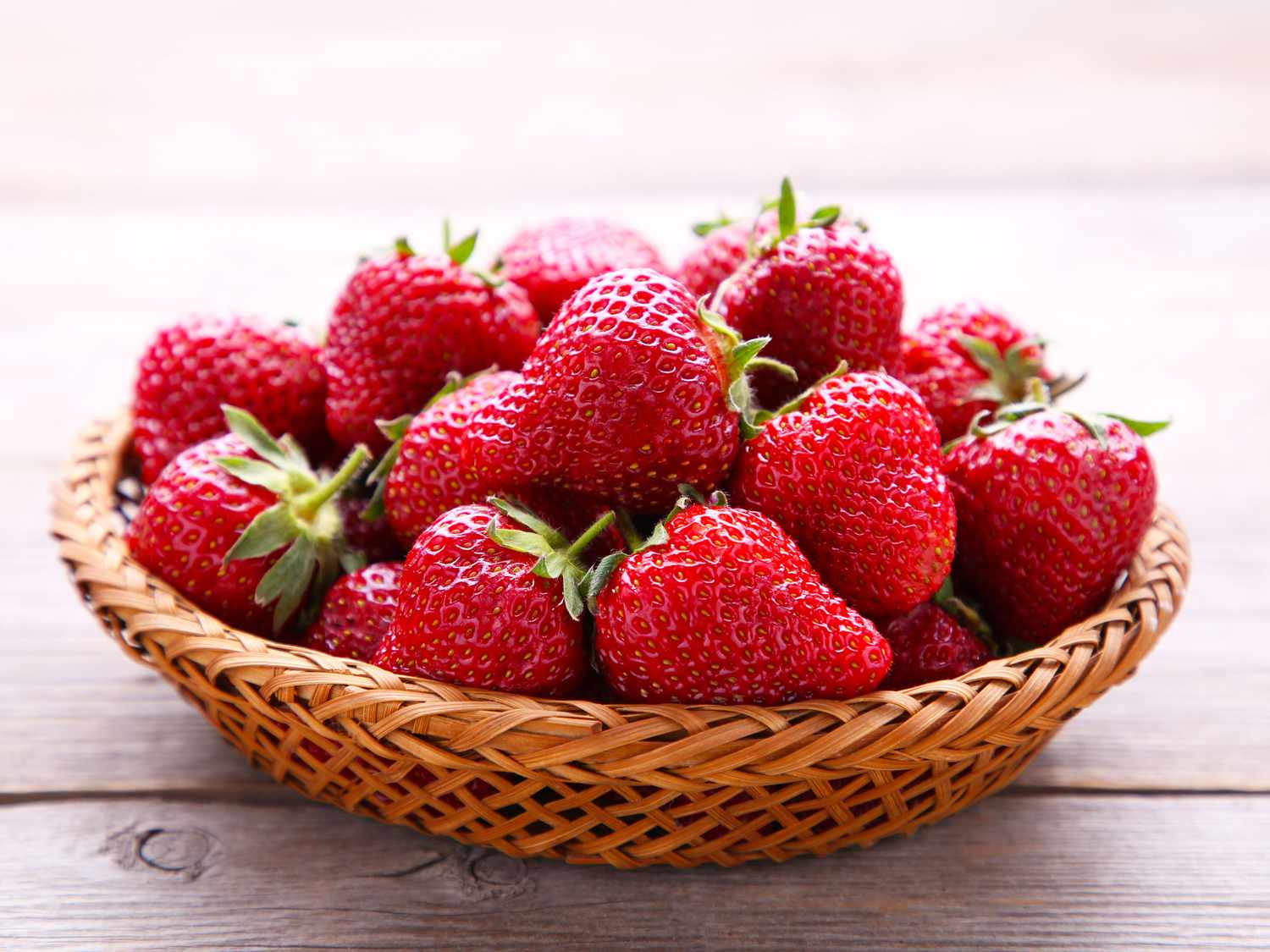

Articles
How To Store Strawberries Without Fridge
Modified: March 24, 2024
Learn efficient and practical methods to store strawberries without relying on a fridge. Read our informative articles to keep your strawberries fresh and flavorful for longer periods.
(Many of the links in this article redirect to a specific reviewed product. Your purchase of these products through affiliate links helps to generate commission for Storables.com, at no extra cost. Learn more)
Introduction
Strawberries are delicious and nutritious fruits that are loved by people of all ages. They are packed with antioxidants, vitamins, and minerals that provide numerous health benefits. However, strawberries have a relatively short shelf life, especially when stored at room temperature. Many people mistakenly believe that refrigeration is the only way to keep strawberries fresh for a longer period of time. The good news is that there are alternative methods for storing strawberries without a fridge that can help extend their shelf life while maintaining their flavor and texture. In this article, we will explore four different methods for storing strawberries without a fridge.
It is important to note that these methods are best suited for fresh, ripe strawberries. If you have overripe or damaged strawberries, it is recommended to consume them immediately or use them in recipes that call for cooked or pureed strawberries.
Now, let’s dive into the various methods to store strawberries without a fridge.
Key Takeaways:
- Enjoy strawberries year-round by dehydrating, freezing, or making preserves. Each method offers unique benefits for long-term storage and delicious snacking or cooking options.
- Store fresh strawberries in a cool, dark place for short-term freshness. Remove any spoiled berries and savor the delightful taste and nutritional benefits within their optimal period.
Read more: How To Store Strawberries In Fridge
Method 1: Storing Strawberries in a Cool, Dark Place
One of the simplest and most effective methods for storing strawberries without a fridge is by keeping them in a cool, dark place. This method works best when the strawberries are still fresh and haven’t fully ripened yet.
To store strawberries in a cool, dark place, follow these steps:
- Inspect the strawberries: Before storing them, carefully examine each strawberry to ensure there are no signs of mold or mushiness. Remove any damaged or overripe strawberries.
- Prepare a container: Find a clean and dry container that has good ventilation, such as a vented plastic container or a shallow bowl lined with paper towels.
- Arrange the strawberries: Place the strawberries in the container in a single layer, making sure they are not touching each other. This helps prevent the spread of mold and moisture buildup.
- Store in a cool, dark place: Find a cool spot in your home that is away from direct sunlight and heat sources. A pantry, basement, or cupboard with consistent temperature and low humidity is ideal.
- Check regularly: Periodically check the strawberries for any signs of spoilage. Remove any strawberries that have gone bad to prevent them from affecting the rest of the batch.
This method can help extend the shelf life of strawberries for up to a few days, depending on their initial freshness. However, it is important to note that strawberries stored using this method may not last as long as those refrigerated.
Now that you know how to store strawberries in a cool, dark place, let’s explore another method for preserving strawberries without a fridge.
Method 2: Dehydrating Strawberries for Long-Term Storage
If you want to enjoy strawberries beyond their typical shelf life, dehydrating them is a fantastic option. Dehydrated strawberries not only last for an extended period but also provide a delicious and nutritious snack.
Here’s how you can dehydrate strawberries for long-term storage:
- Preparation: Start by washing the strawberries thoroughly and removing the stems. Pat them dry using a clean kitchen towel or paper towels.
- Slice the strawberries: Using a sharp knife, slice the strawberries into thin and even slices. This will help ensure that they dehydrate evenly.
- Pre-treatment (optional): Some people choose to pre-treat the strawberry slices to preserve their natural color and flavor. This can be done by soaking the slices in a mixture of lemon juice and water for a few minutes.
- Dehydration process: There are several ways to dehydrate strawberries. You can use a dehydrator, an oven, or even air dry them. If using a dehydrator or oven, follow the manufacturer’s instructions for temperature and time. If air drying, spread the strawberry slices on a wire rack and place it in a cool, dry place with good airflow. The drying process can take anywhere from 8 to 12 hours.
- Test for dryness: After the designated time, check the strawberry slices for dryness. They should be firm and leathery to the touch. If they are still moist, continue drying them until they reach the desired consistency.
- Storage: Once the strawberry slices are fully dehydrated, let them cool completely. Then, transfer them to an airtight container or a sealable bag. Store the dehydrated strawberries in a cool and dark place, such as a pantry. They can last for several months to a year if stored properly.
Dehydrated strawberries can be enjoyed as a standalone snack or used in various recipes, such as trail mixes, granola bars, or as a topping for cereals and desserts. Their intense flavor and chewy texture make them a popular choice for long-term storage.
Now that you know how to dehydrate strawberries, let’s move on to the next method for storing strawberries without a fridge.
Store strawberries without a fridge by placing them in a paper towel-lined container to absorb moisture, then keeping them in a cool, dark place. Check for any spoiled berries daily.
Method 3: Freezing Strawberries for Extended Shelf Life
Freezing strawberries is a convenient and effective method for preserving their freshness and flavor for an extended period. By freezing strawberries, you can enjoy their sweetness and nutritional benefits even when they are out of season.
Here’s how you can freeze strawberries for extended shelf life:
- Prepare the strawberries: Start by washing the strawberries under cold running water. Gently pat them dry with a clean kitchen towel or paper towels. Remove the stems and any blemishes or bruises.
- Slice or leave whole: Depending on your preference, you can choose to freeze the strawberries whole or slice them. Sliced strawberries are more versatile and easier to use in various recipes.
- Flash freezing (optional): To prevent the strawberries from sticking together during freezing, you can flash freeze them. Arrange the sliced or whole strawberries on a baking sheet lined with parchment paper, making sure they are not touching. Place the baking sheet in the freezer for a couple of hours until the strawberries are firm.
- Packaging: Once the strawberries are frozen or flash frozen, transfer them to airtight freezer-safe containers or sealable freezer bags. Remove as much air as possible to prevent freezer burn. Label the containers with the date and contents.
- Freeze: Place the sealed containers or bags in the freezer. Make sure to keep them in a single layer until they are fully frozen. Once frozen, you can stack them to save space.
Frozen strawberries can last for up to a year if properly stored. They are perfect for adding to smoothies, making homemade ice cream, baking, and creating delicious fruit sauces.
Keep in mind that freezing strawberries can slightly alter their texture, making them softer when thawed. Therefore, they are best suited for recipes and not as a fresh snack. However, they still retain their taste and nutritional value.
Now that you know how to freeze strawberries, let’s explore one more method for storing strawberries without a fridge.
Method 4: Making Strawberry Preserves for Year-Round Enjoyment
If you’re looking for a way to enjoy the taste of fresh strawberries throughout the year, making strawberry preserves is the perfect solution. Preserves not only prolong the shelf life of strawberries but also capture their sweet and tangy flavors in a delicious spread.
Here’s how you can make strawberry preserves:
- Prepare the strawberries: Start by washing the strawberries under cold running water. Remove the stems and any blemishes. Pat them dry with a clean kitchen towel or paper towels.
- Slice the strawberries: Slice the strawberries into bite-sized pieces. If you prefer a smoother texture, you can mash or puree the strawberries instead.
- Cook the strawberries: In a large pot, combine the sliced or pureed strawberries with sugar and lemon juice. Bring the mixture to a boil over medium heat, stirring occasionally.
- Simmer and reduce: Once the mixture reaches a boil, lower the heat to a simmer. Continue cooking for about 30-45 minutes until the mixture thickens and reduces to your desired consistency. Make sure to stir occasionally to prevent sticking or burning.
- Jar and store: While the strawberry preserves are still hot, carefully ladle them into sterilized jars, leaving a little space at the top. Wipe the rims clean and seal the jars with sterilized lids and rings. Let the jars cool completely before storing them in a cool, dark place.
When stored properly, strawberry preserves can last for up to a year. They can be enjoyed on toast, biscuits, pancakes, or used as a topping for desserts like ice cream and cheesecake.
Experiment with different flavor additions such as vanilla extract or spices like cinnamon to customize your strawberry preserves to your liking.
Now that you know how to make strawberry preserves, you have a delicious and versatile option for enjoying strawberries all year round.
Conclusion
Storing strawberries without a fridge is possible by utilizing different methods that allow you to extend their shelf life while maintaining their taste and quality. Whether you choose to store them in a cool, dark place, dehydrate them, freeze them, or make strawberry preserves, each method offers its own unique benefits for preserving strawberries.
Storing strawberries in a cool, dark place is convenient for short-term storage and works best with fresh strawberries that haven’t fully ripened yet. Dehydrating strawberries provides a long-term storage solution, creating delicious and nutritious dried strawberry slices that can be enjoyed as a snack or used in various recipes.
Freezing strawberries is perfect for preserving their freshness and flavor for a longer period. They can be used in smoothies, baked goods, and other culinary creations throughout the year. Making strawberry preserves allows you to savor the sweet and tangy taste of fresh strawberries year-round, with the added benefit of a delicious spread for toast and desserts.
Regardless of the method you choose, it’s important to handle strawberries with care, ensuring they are clean and free from any signs of mold or damage. Always store them in appropriate containers or bags that provide protection from moisture and air to maintain their quality.
Remember, while these methods can extend the shelf life of strawberries without a fridge, it’s still recommended to consume them within their optimal freshness period. So, make sure to enjoy your stored strawberries in a timely manner to fully savor their delightful taste and nutritional benefits.
By utilizing these storage methods, you can enjoy the flavors of strawberries even when they are out of season, reducing waste and ensuring you have access to this beloved fruit whenever you desire.
So, go ahead and try out these methods to store strawberries without a fridge and enjoy the taste of these vibrant berries for longer periods of time!
Frequently Asked Questions about How To Store Strawberries Without Fridge
Was this page helpful?
At Storables.com, we guarantee accurate and reliable information. Our content, validated by Expert Board Contributors, is crafted following stringent Editorial Policies. We're committed to providing you with well-researched, expert-backed insights for all your informational needs.
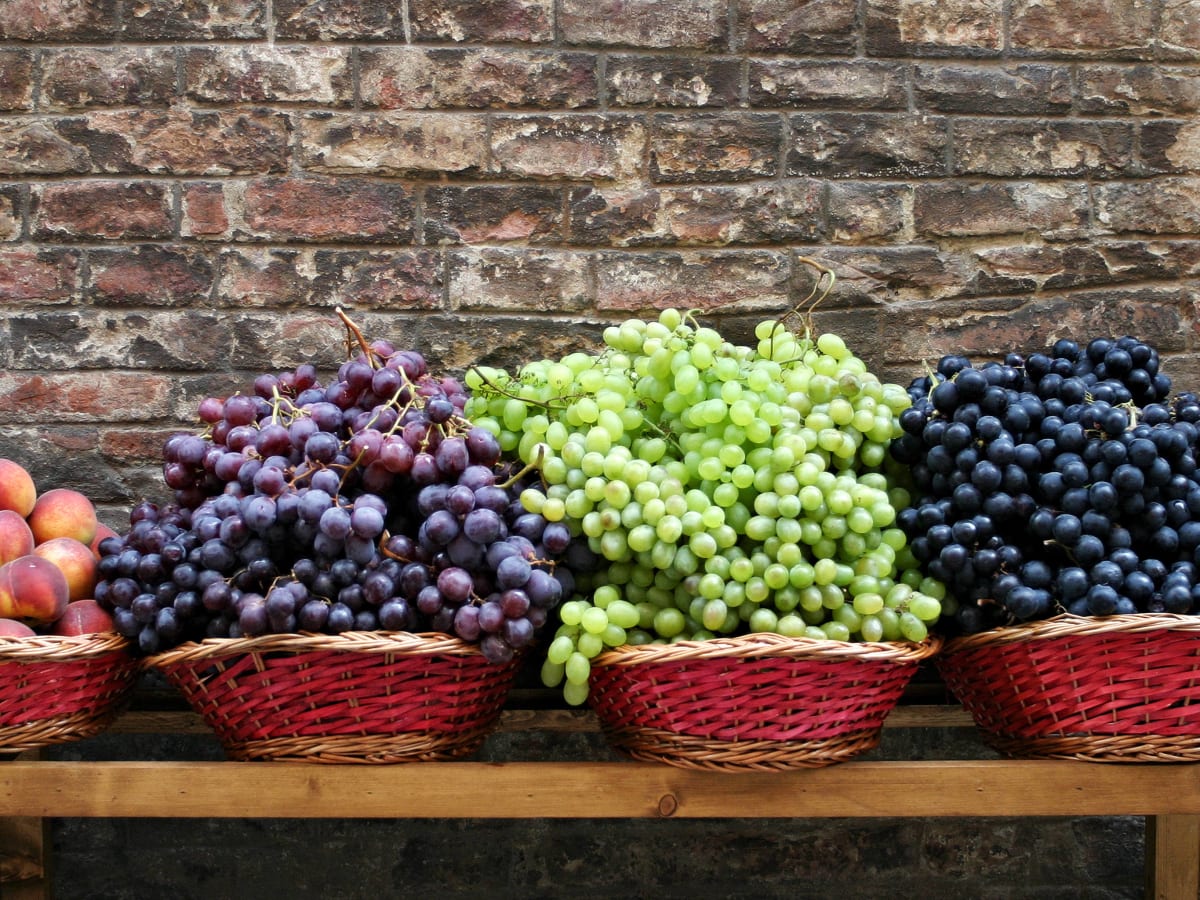
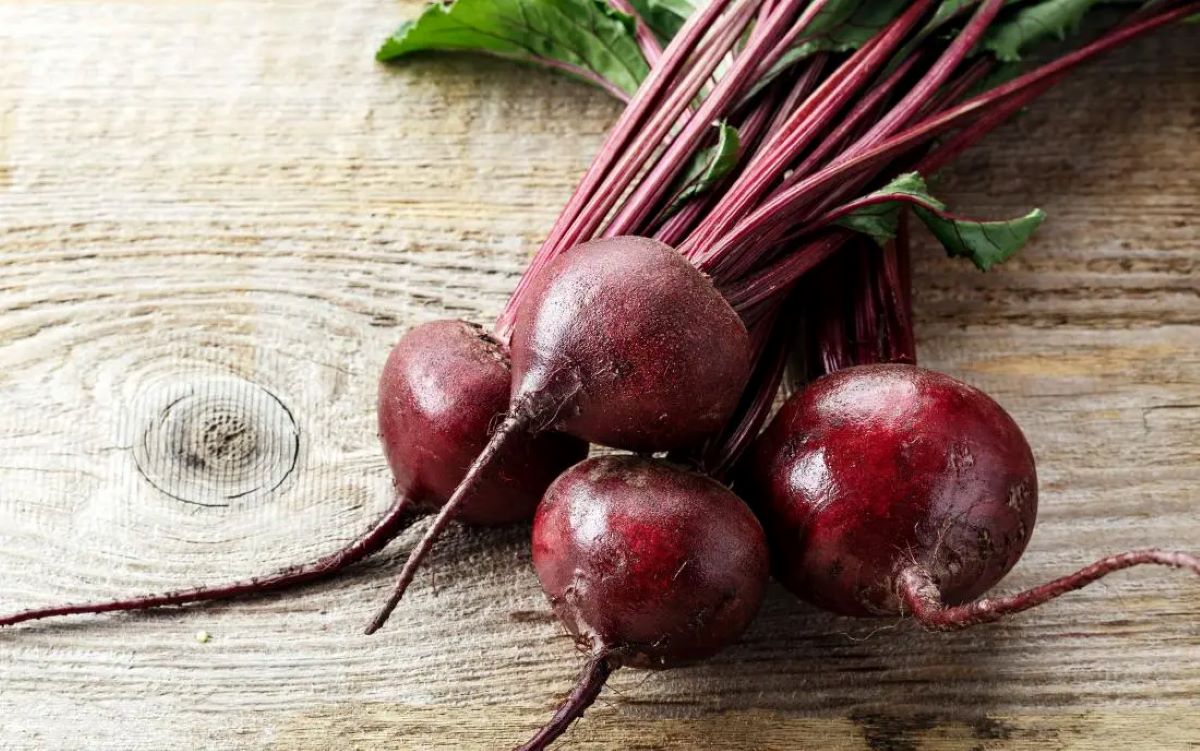



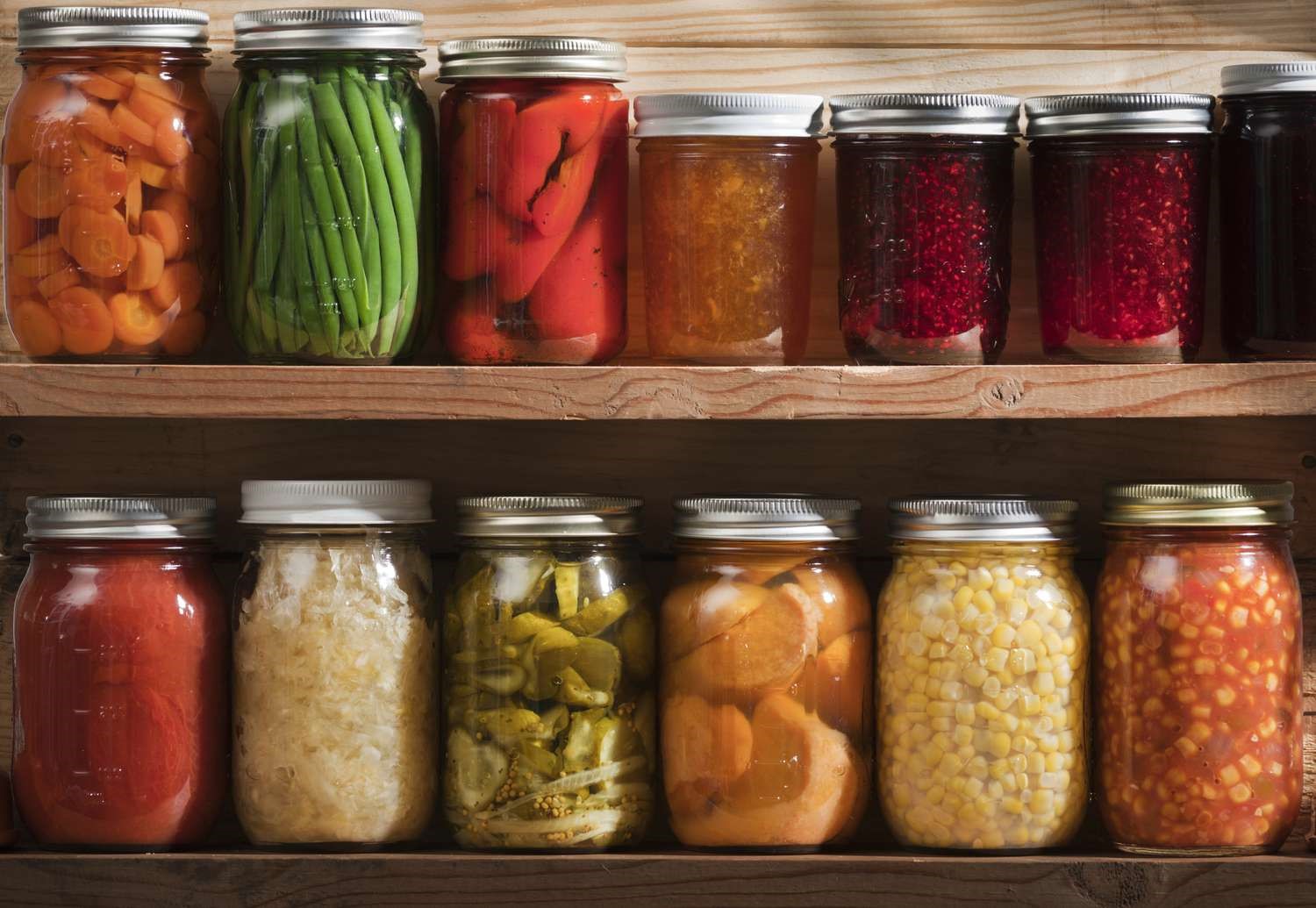
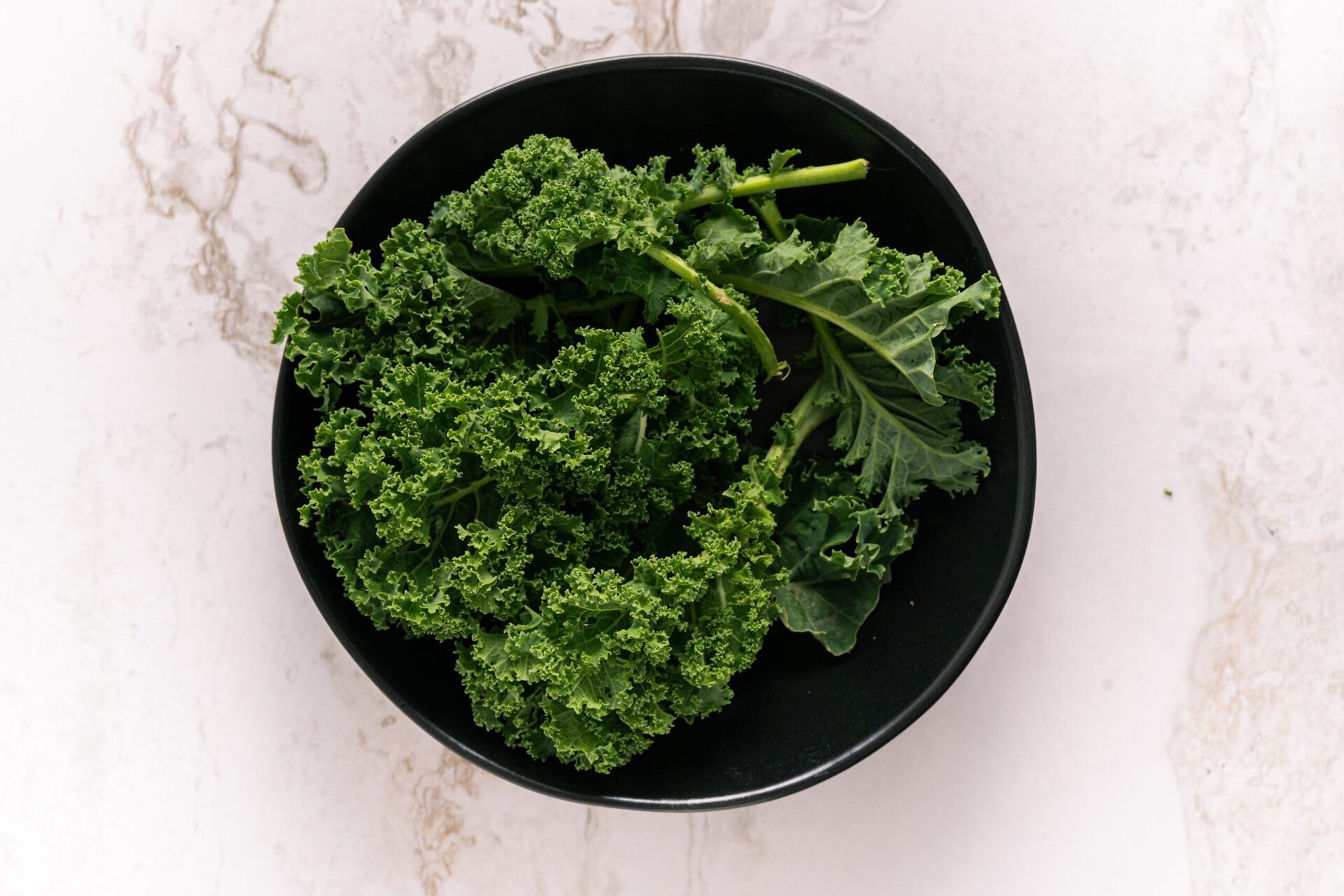
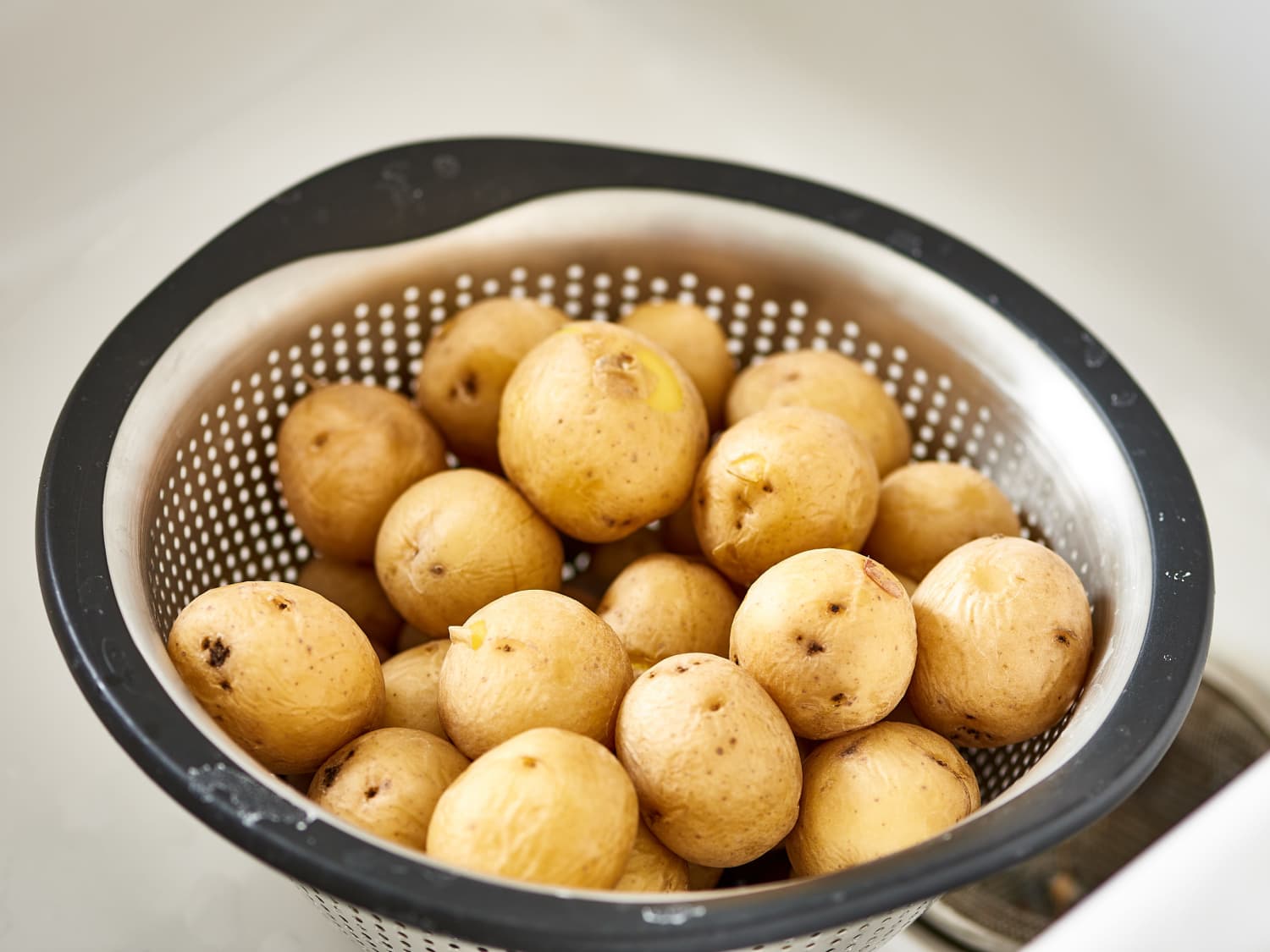
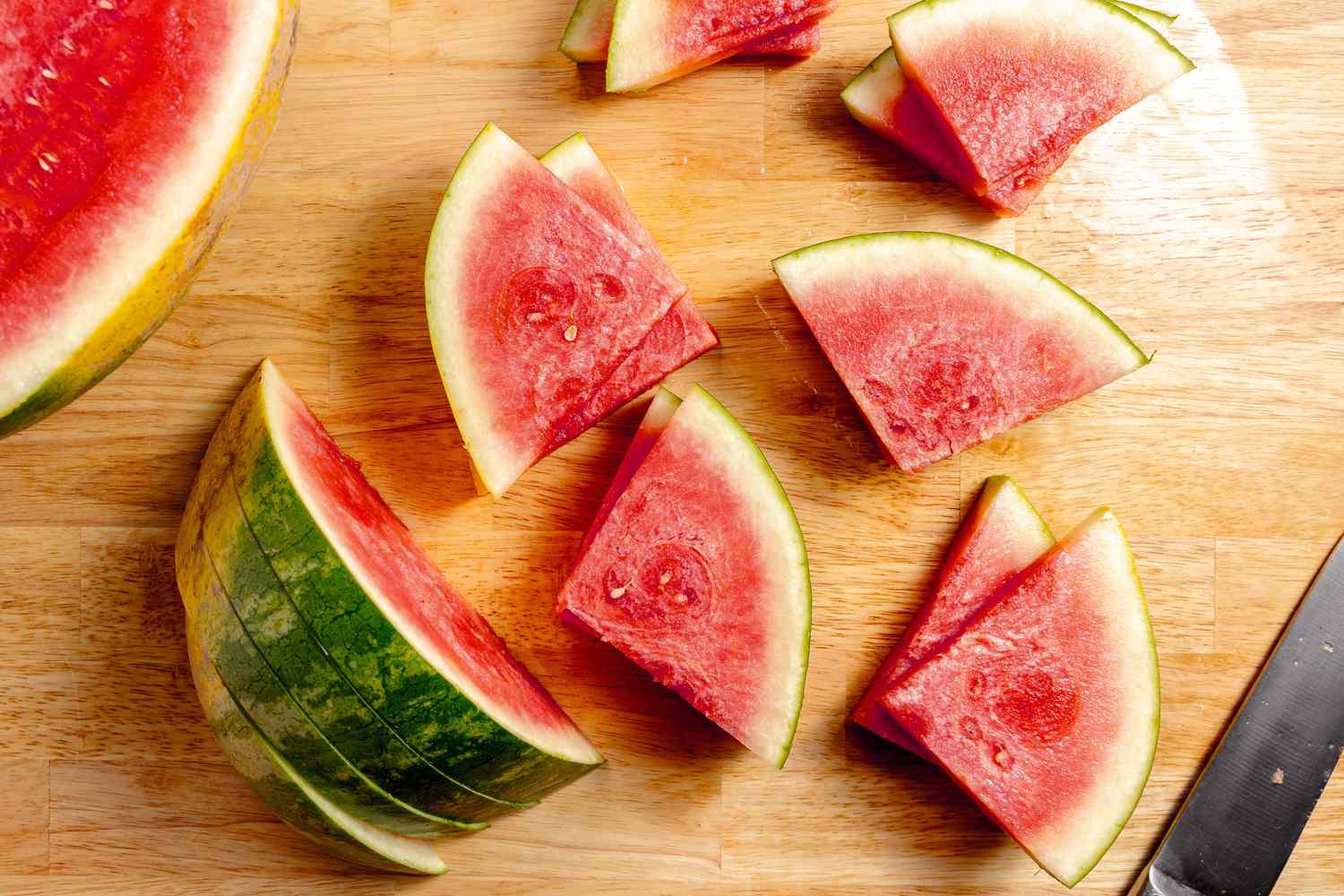
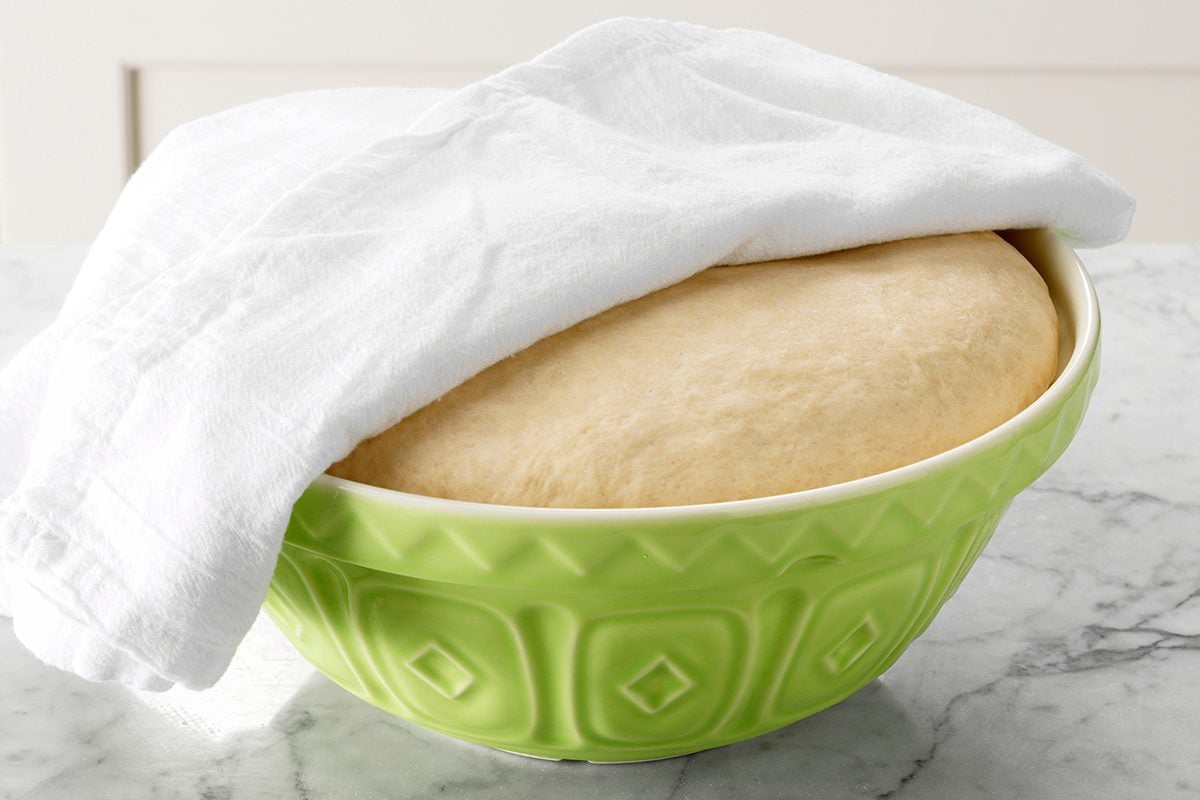


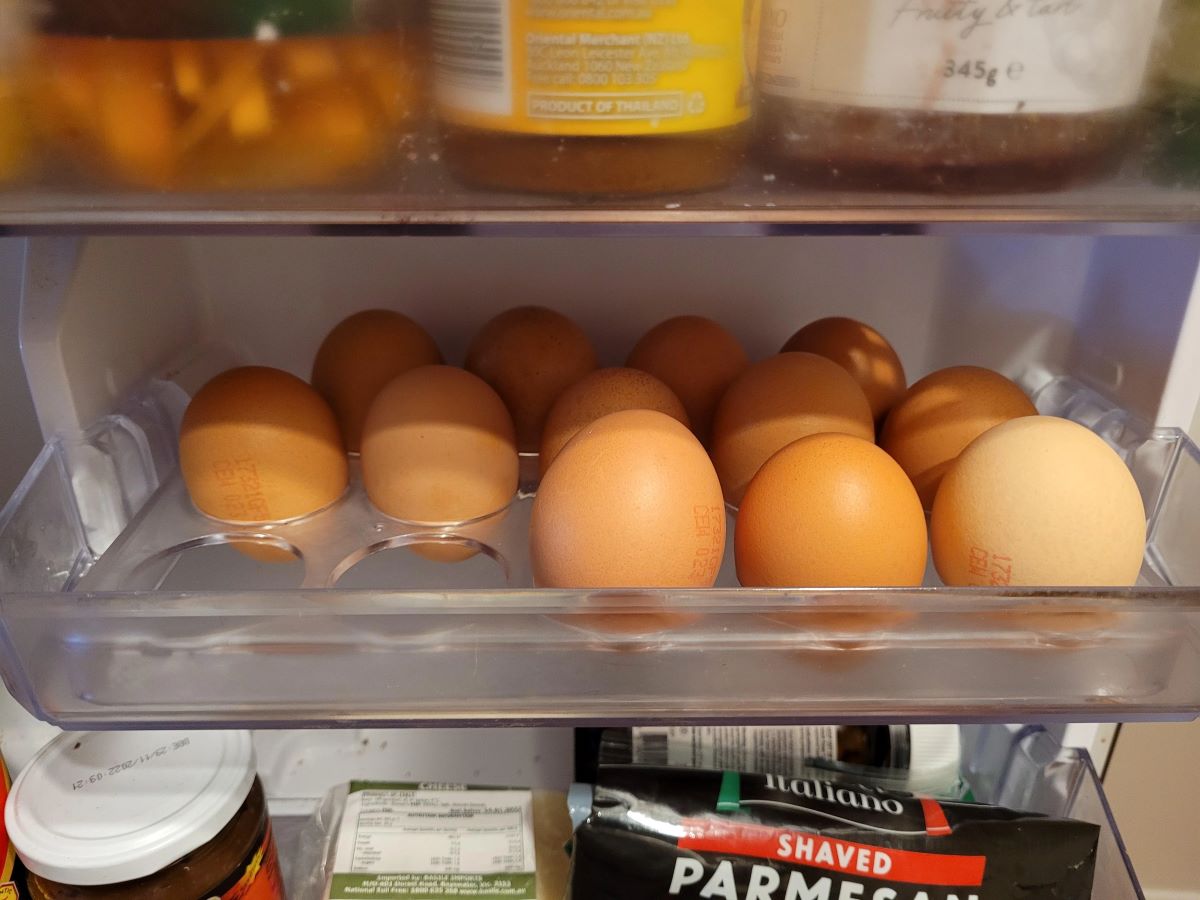
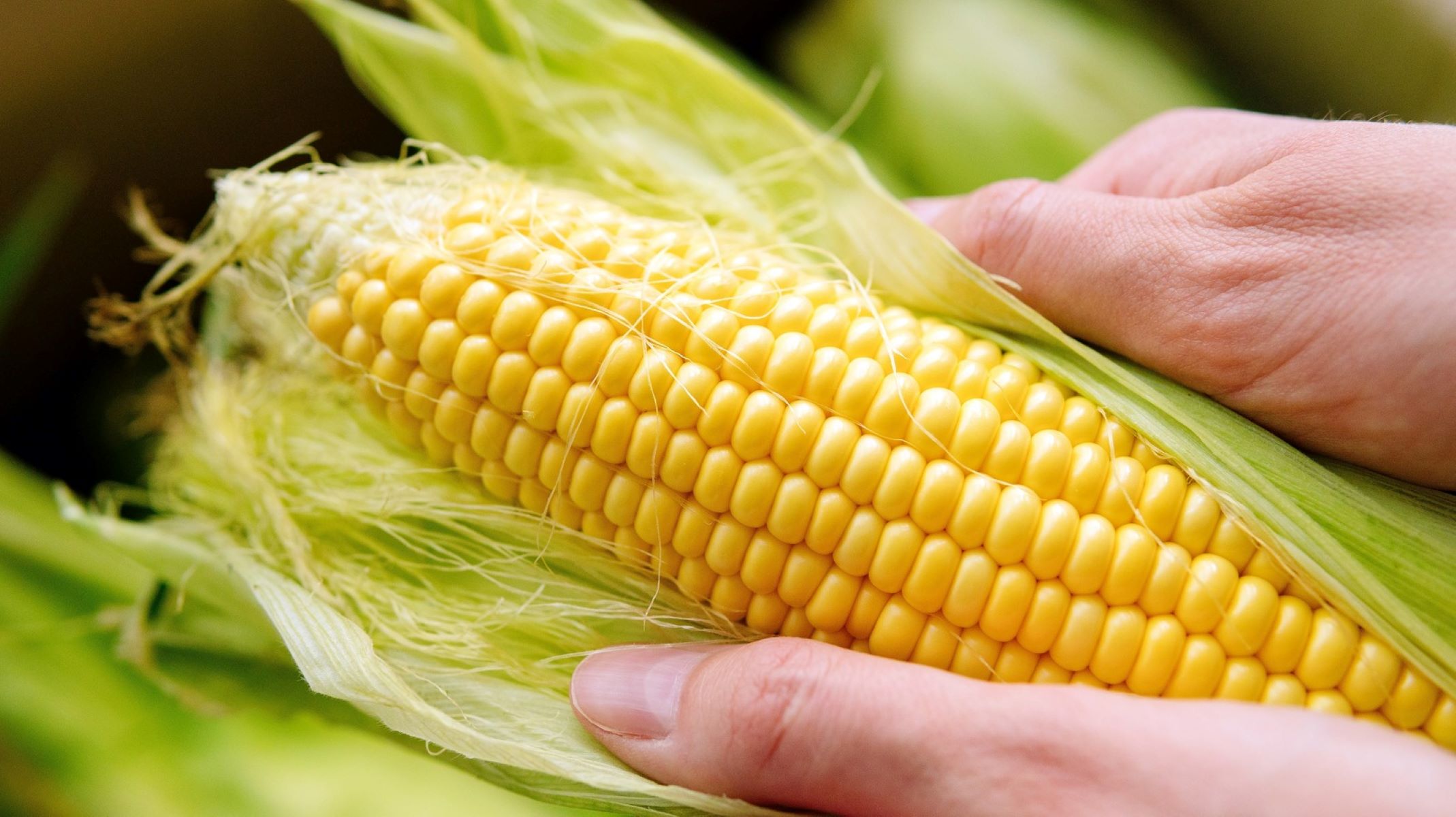

0 thoughts on “How To Store Strawberries Without Fridge”